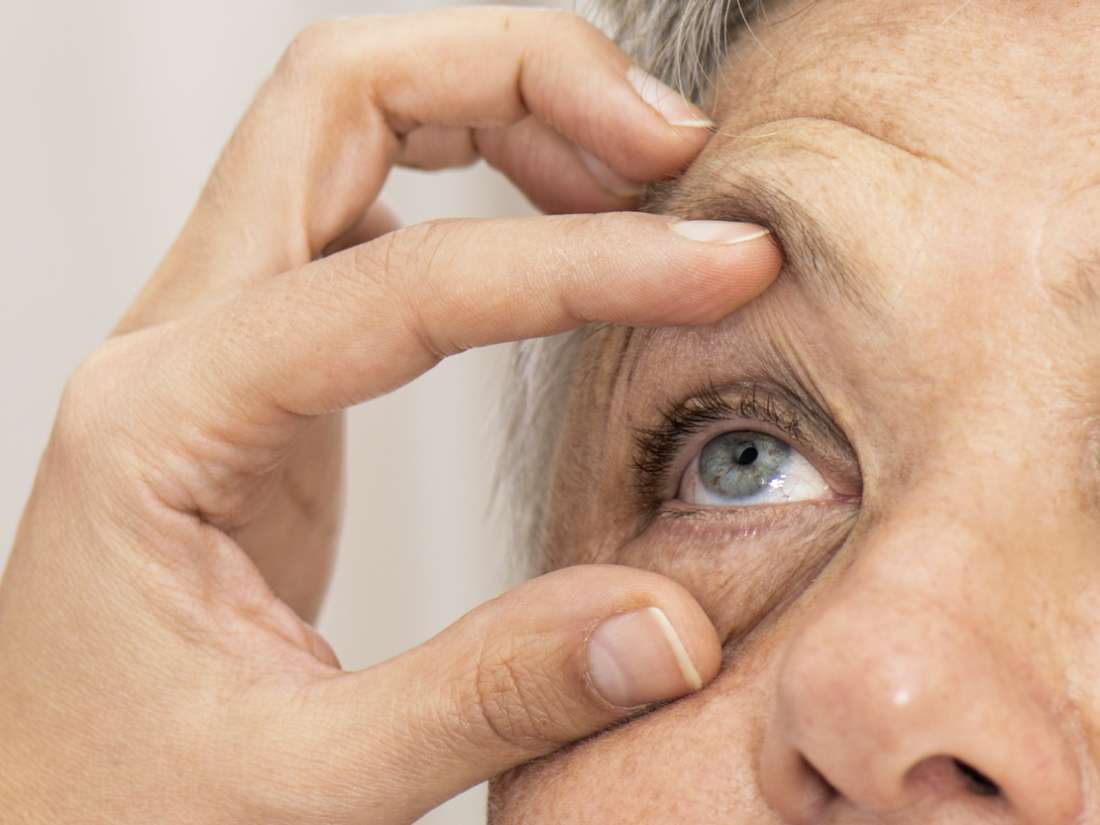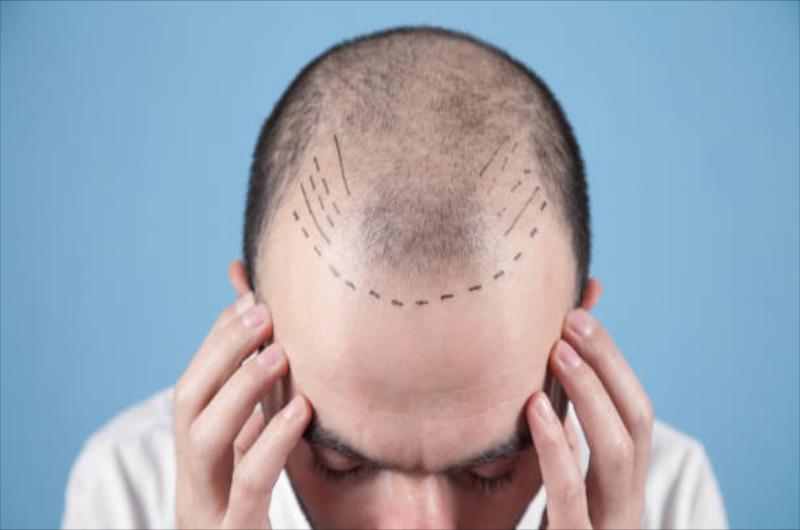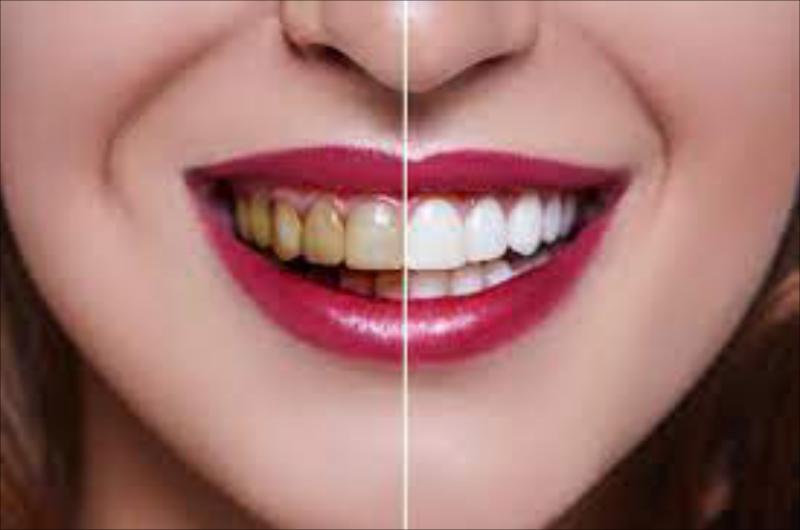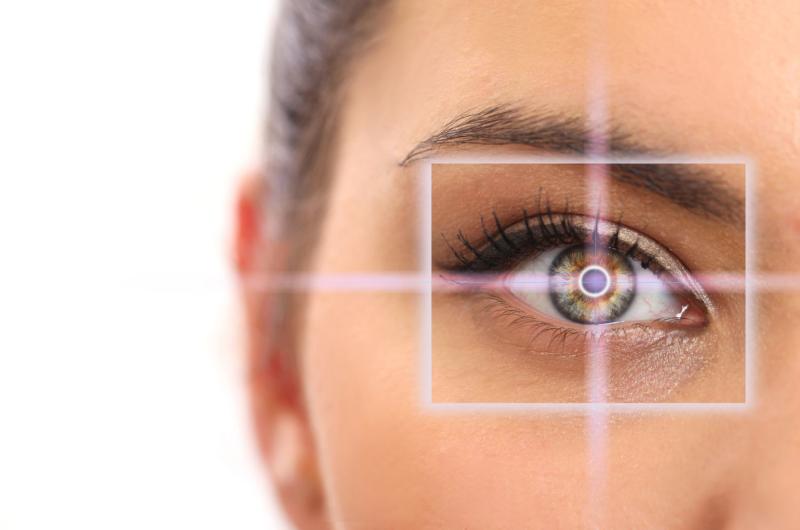About Treatment
Timely detection and correct treatment of Glaucoma avoids irreversible blindness!
All patients over the age of 40 are advised to measure intraocular pressure at any visit to an eye doctor. Treatment of glaucoma in each case is purely individual, it can consist of a combination of different methods and only takes place with active participation of attending physician.
Open-angle glaucoma is dangerous because its appearance can go unnoticed for a long time and that obvious changes in vision are felt by a person only when the disease is in an advanced stage. That is why all patients after 40 years of age should have intraocular pressure measured at any visit to an eye doctor (at least once every 6 months). Glaucoma destroys nerve fibers in the retina and optic nerve that cannot be repaired. At the initial stage, the visual field narrows along the periphery, but there is no pain syndrome, and visual acuity can still be quite high.
Glaucoma Treatment Methods
You should know that the earlier the diagnosis of open-angle glaucoma is made and treatment is started, the more chances are to preserve and maintain the visual functions of the eye.
The decisive factor in the treatment of attacks of angle-closure glaucoma is the time to see a doctor. If the attack is not stopped within the first day, then this can lead to a significant irreversible decrease in vision, and sometimes to blindness.
Treatment of any type of glaucoma is aimed primarily at normalizing intraocular pressure:
with the help of drops (the selection of medicines and use, determined after the examination)
with the help of laser therapy (carried out when drug therapy is ineffective).
with the help of surgical operation (it is carried out with the ineffectiveness of drug therapy, after the operation patient is relieved of the need to use drops for 5-7 years).
In the initial stages of open-angle glaucoma, a properly selected drip regimen may be sufficient. Usually these are several types of drops that must be used from one to three times a day. It should be remembered that it is unacceptable to skip or forget about them, the cost of such errors can be loss of vision.
Laser glaucoma treatment
If the drops cannot effectively reduce the IOP level or the glaucoma process is already at an advanced stage, they resort to laser and surgical treatment. At the same time, they strive to improve the outflow of intraocular fluid along natural pathways and / or form new outflow pathways.
Laser treatment of glaucoma - laser iridectomy (iridotomy) - is the method of choice in patients with angle-closure glaucoma or as an additional treatment for drops in open-angle glaucoma. The essence of the procedure is in the non-contact formation of additional pathways for the outflow of intraocular fluid. Laser surgery is low-traumatic, performed on an outpatient basis and, as a rule, does not require special preparation.
painless (performed under local anesthesia)
lasts about 10-15 minutes
the postoperative period is 1 week (during this period, the patient is prescribed anti-inflammatory drops), uncomfortable phenomena in the eye area are possible for 5-7 days.
the cost of the operation is objectively affordable and allows a wide range of patients to prevent further vision loss.
Surgical treatment:
Surgical methods are used when neither drops nor laser therapy can effectively reduce the IOP level or glaucomatous process is already at an advanced stage. The feasibility and necessity of antiglaucomatous surgery is determined by doctor. Self-medication or recommendations from one patient to another are unacceptable.
Laser and surgical treatment for angle-closure glaucoma is performed to relieve seizures and prevent recurrent seizures.
To maintain visual function, patients with any form of glaucoma are given courses of therapeutic treatment, sometimes combined with minor forms of surgical intervention. At present, this is one of the most promising areas of glaucoma therapy, and in some cases it allows achieving partial improvement of vision.
It must be said that glaucoma is a lifelong disease. Even if the treatment carried out allows the intraocular pressure to remain at a normal level for many years, there is no guarantee that the IOP rises will not be repeated. Therefore, patients with glaucoma should be constantly examined by an ophthalmologist. Usually, the frequency of examinations is every 3-4 months, depending on the stage of the disease.
-
Glaucoma Diagnostics
Tests for glaucoma include:
Tonometry
Perimetry
Examination of the fundus. -
Contraindications to Antiglaucomatous Surgery
Serious concomitant eye diseases.
If the risk of decreased vision exceeds the possible positive effect. -
List of Necessary Tests for Operation
General analysis of blood, urine
Biochemical blood test (total protein, urea, creatinine, K, Na, blood sugar, bilirubin (by fractions)
blood group, Rh factor, blood clotting time or coagulogram
HIV, RW, HBS, HCV, ECG, chest x-ray (fluorogram) consultation of therapist, otorhinolaryngologist, dentist
With diabetes mellitus - consultation of an endocrinologist is required -
Indications for Laser Treatment
I and II stages of glaucoma;
Lack of IOP compensation with antihypertensive drops;
Glaucoma progression despite IOP stabilization;
Intolerance to drug therapy;
In some cases, as preparation for surgery.
With severe eye pain, as well as the appearance of a sudden headache in the forehead and temple of the affected eye, nausea, angle-closure glaucoma can be suspected. An acute attack of angle-closure glaucoma is similar in its existence to some other eye diseases, so an accurate diagnosis must be made before starting treatment. It is very important to provide timely assistance to avoid loss of vision.
Glaucoma with low pressure, when changes occur against the background of normal intraocular pressure, is dangerous because it is difficult to diagnose and therefore is often diagnosed only at a far advanced stage.
In case of pain in the eye, narrowing of the field of vision, deterioration of vision in the dark, or when "rainbow" circles appear when looking at a bright light source, an urgent need to consult a doctor.
Over 40 years old.
Asian, dark skin, dark iris and hair.
Heredity (if relatives have glaucoma).
Features of the structure of the eye (dark color of the iris, thin cornea, congenital features of the structure of the optic nerve, ocular hypertension - a congenital feature in which the eye pressure in both eyes is much higher than normal, but this does not lead to damage to the optic nerve).
Chronic inflammation of the eyes, "running" cataracts.
Long-term use of hormonal drugs (corticosteroids) if there is bronchial asthma, joint or skin diseases, etc.
Diabetes mellitus and arterial hypertension.
Eye trauma, which led to the violation of its structure.
Myopia - these people are more likely to develop glaucoma with normal or low blood pressure.
Primary - a disease that appeared on its own and was not preceded by any pathology.
Secondary is a consequence of the development of some kind of eye disease - iridocyclitis, cataracts, trauma, etc.
Congenital - occurs even with the development of the fetus in the womb. It can show itself in childhood and even adolescence if:
damage to the eye chamber is large enough.
Unfortunately, glaucoma is a disease that will be with you for the rest of your life, even after surgery and normalization of intraocular pressure. To prevent vision deterioration again, you must carefully follow your doctor's recommendations.
Eat right and take special eye vitamins.
Visit your ophthalmologist at least twice a year for a routine check-up.
Be sure to take the courses of hardware and medical corrective treatment prescribed by your doctor.
Do not engage in traumatic sports.
Avoid an inverted head position: do not work in an incline, do yoga and gymnastics with care.











